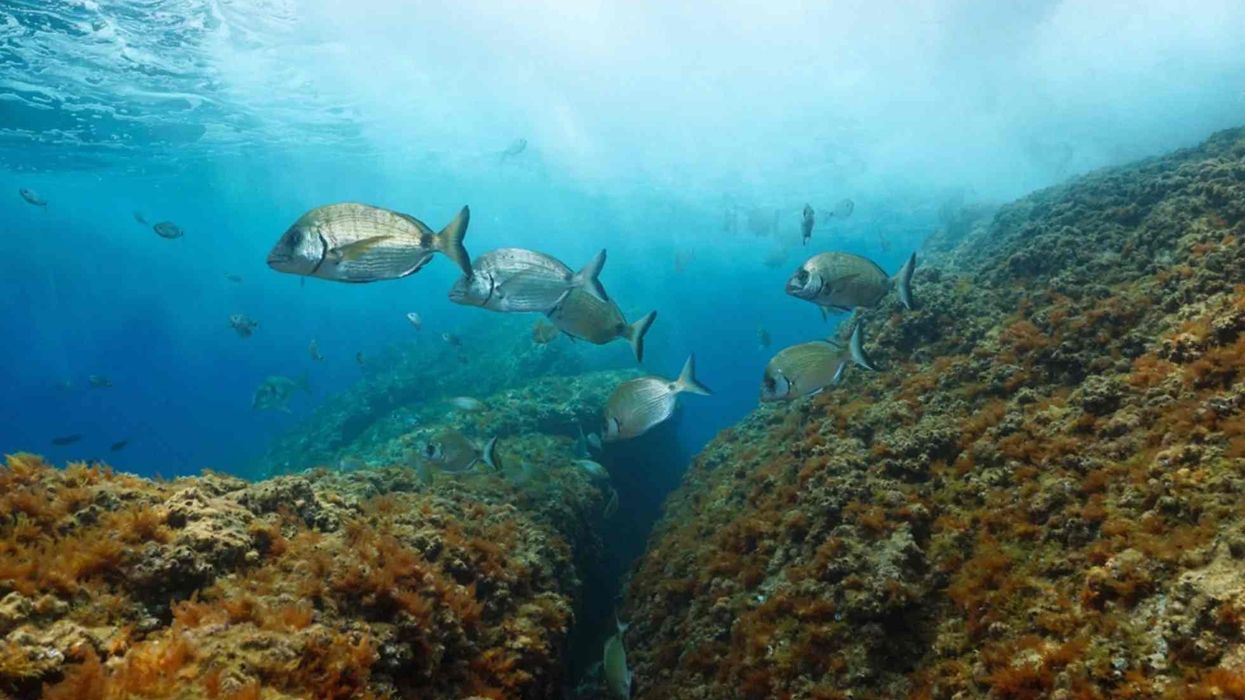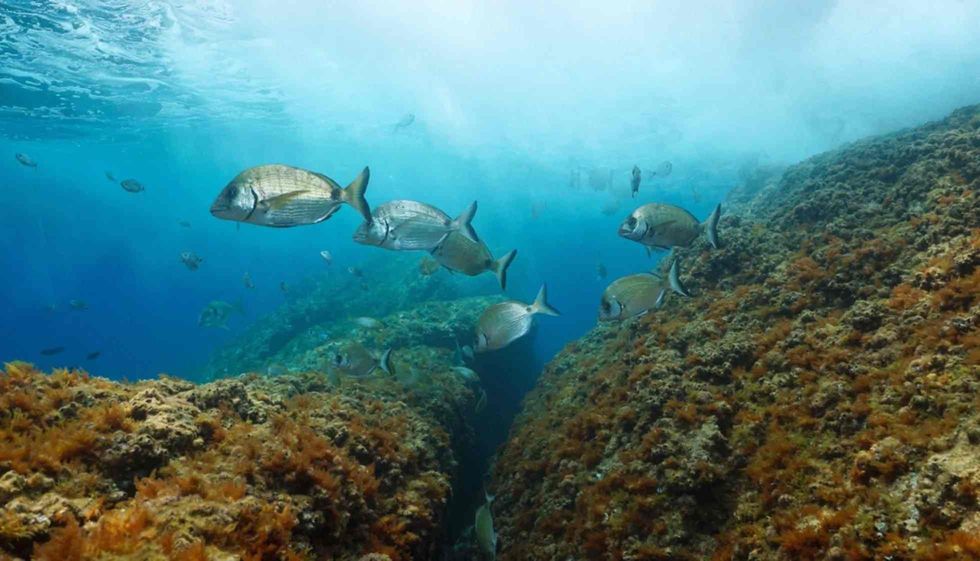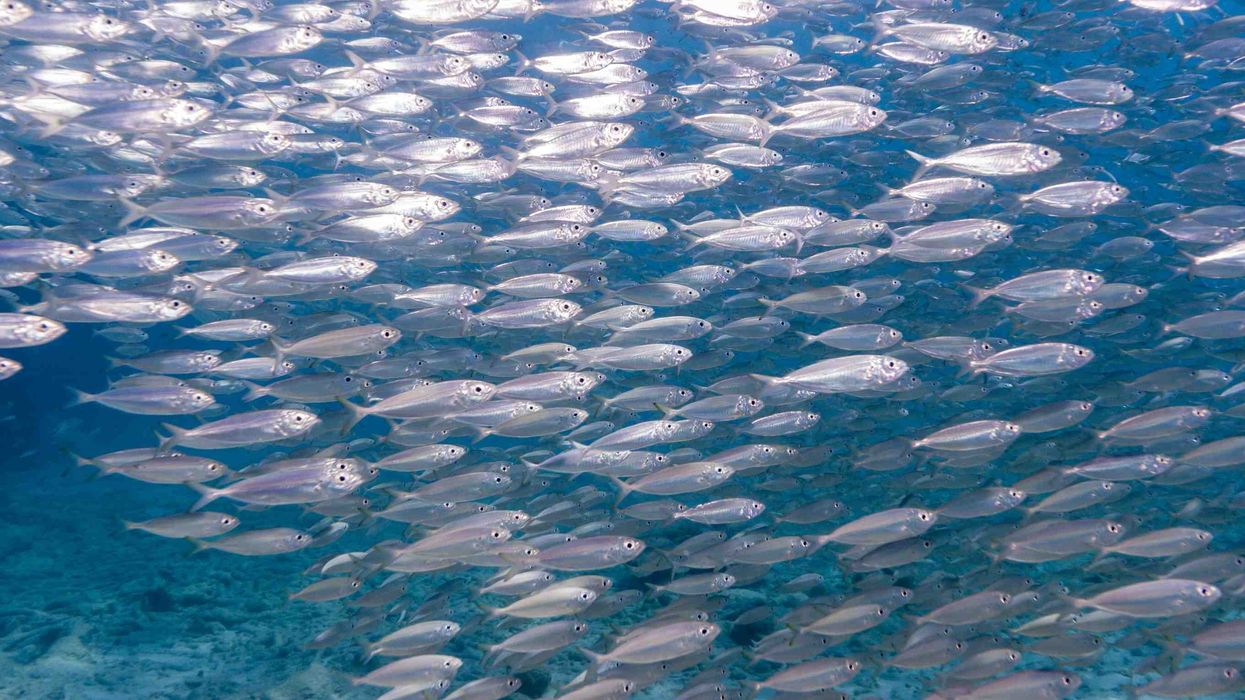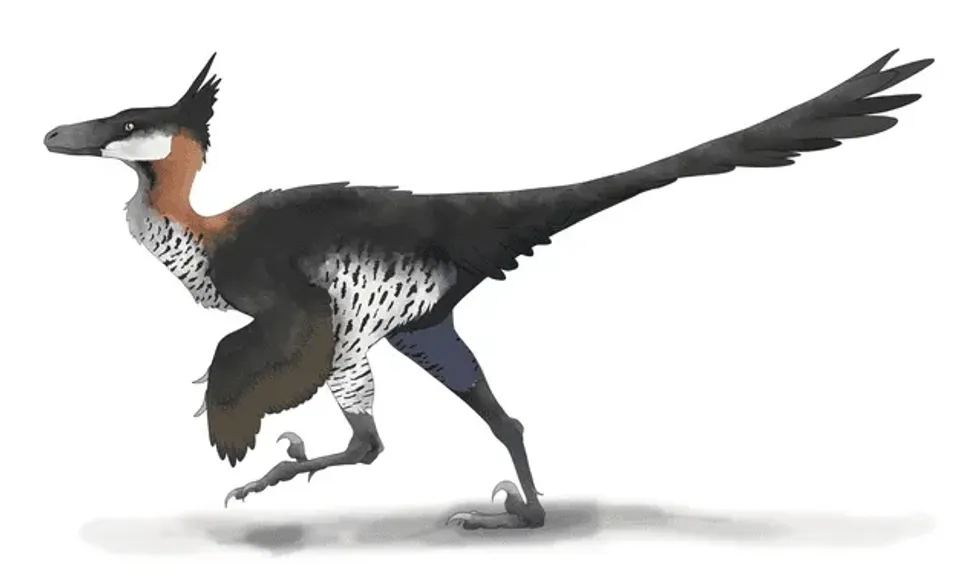The sargo (Diplodus sargus), also known as white seabream, are the native seabream species of the family Sparidae. The accepted subspecies of the sargo is Diplodus sargus cadenati. Five former subspecies are separated now as species.
They are also called porgies. The other two fish species in this family are scup and sheepshead. There are 38 genera of species.
The species of this genus Diplodus occupy the Indian and the Atlantic Ocean. They are of metallic silver and gray color. This species are not to be confused with Anisotremus davidsonii (xantic sargo-steindachner 1876), which are found in Baja California and the Gulf of California. The xantic sargo also has similar coloration.
The Xantic sargo is of the grunts native genus and the family Haemulidae. There are two subspecies of this family, Haemulidae (grunters) and Plectorhynchinae (sweetlips). The order of Diplodus sargus, Paciformes consists of ray-finned fish.
Perciformes translates to 'perch-like'. There have been records of albino and golden sargo being found. This fish species are caught to eat immediately.
If you liked these facts about the sargo, then do read some dwarf mongoose facts and rainbow trout facts.
Sargo Fish Interesting Facts
What type of animal is a sargo fish?
The sargo (Diplodus sargus) is of fish species of seabream and the phylum Chordata and order Perciformes. Anisotremus davidsonii (xantic sargo) is a fish of grunts native of the same phylum and order. This sargo fish type of organism look for food over sandy bottoms, seagrass beds, and kelp.
The sargo fish swim in loose schools at the bottom. They are very good sports fish and look similar to croakers. Their meat must immediately be fried or baked when they are fresh.
What class of animal does a sargo fish belong to?
The sargo fish is of the class Actinpteriigy.
How many sargo fish are there in the world?
The exact population number of the sargo fish is unknown.
Where does a sargo fish live?
The Anisotremus davidsonii (steindachner 1876) population range is isolated. Diplodus sargus are found in the western Indian Ocean and eastern Atlantic.
They are found across the Bay of Biscay southwards through Africa which includes Madeira and Canary Islands, Mediterranean sea and is rarely in the Black sea. They sometimes occur off the Indian Ocean coast of Mozambique, South Africa, and Madagascar and rarely occur in other places in the Indian Ocean.
Diplodus sargus occupies a range across Southern Baja California, Gulf of California, Santa Cruz, Mexico, San Pedro Bay, and Santa Monica Bay. They extend from Magdalena bay through Santa Cruz.
What is a sargo fish's habitat?
Sargo habitat range is near inshore and in bays near rocky areas. The Diplodus sargus occupies brackish, demersal waters and oceanodromous. The sargo is prominent near kelp and submerged vegetation or rocky reefs. They are found around the depth of 492 ft (150 m).
Who do sargo fish live with?
The sargo fish species move around in schools. Pairs get together during the spawning season.
How long does a sargo fish live?
The sargo lives between 10-12 years of age.
How do they reproduce?
The sargo spawning season is from late spring through early summer. When the sargo fish is two years old and 7 in (18 cm) in length, they spawn for the first time. During spawning season, distinct sargo pair up. The sea temperature influences their spawning.
Sargo's are capable of having both reproductive organs. This depends on the ecology. Species near shallower waters cannot exhibit simultaneous hermaphrodites and bi-directional hermaphrodites. Diplodus sargus starts their life as a male and turns female later on.
What is their conservation status?
The conservation state of sargo is either Not Evaluated or Least Concern. Anglers accidentally catch out Anisotremus davidsonii during fishing. So, they sometimes are encountered by humans near southern California bay.
Unless anglers are fishing, the sargo is rarely taken by boaters. Anglers use any kind of animal bait, most common being high/low leader. Their isolated population is due to habitat loss between islands and the continental coast.
Sargo Fish Fun Facts
What do sargo fish look like?

The sargo has an oval-shaped body. The body of the sargo is metallic silver with a silver underside and iridescent grayish vertical tinge on top. There is a dark vertical bar running down the body from the dorsal fin through the base of the pectoral fin.
They have long notched dorsal fin and pectoral fin. There are 9-11 soft rays on the anal fin. The second anal fin is strong and of the same length as the soft anal fin.
The anal fin is different from the dorsal fins. The forked pectoral fin has dark spots. They have a forked tail. They have molar-like teeth.
They have weak anal fin spines, which are also half of the rays. The Sparidae family has a single dorsal fin, pointed pectoral fin, and short anal fin. The sargo caught in bays are dark-colored.
How cute are they?
These slimy scaly creatures are not considered cute.
How do they communicate?
This fish species dwell near the surface of the water body and when they are caught on bait in their habitat, they produce a grunting sound by grinding their teeth.
How big is a sargo fish?
The sargo fish is 8.6 in (22 cm) in length on average. They can grow up to 22.83 in (58 cm) in length. The sargo is the largest Pacific grunt.
How fast can a sargo fish swim?
Sargo can swim fast but the exact swimming speed is not known.
How much does a sargo fish weigh?
The weight of sargo is 4.1 lb (1.9 kg).
What are the male and female names of the species?
There is no specific name given to the male and female of the sargo species.
What would you call a baby sargo fish?
There is no specific name given to baby sargo fish, although generally baby fish are called fry.
What do they eat?
These fish reside in rocky regions with vegetation. These fish species forage the sandy bottoms, kelp, or rocky coral reefs for food. The food they feed on are small crustaceans, molluscs, ghost shrimp, mussels, worms, seaweed, snails, crabs, and corals. They use their strong jaws and teeth to brush shells.
Are they dangerous?
No, they pose no threat to human beings.
Would they make a good pet?
No, they are mostly caught for food.
Did you know...
The meat of sargo has a firm texture and mildly good flavored. This texture is similar to that of croakers. Also, the meat is good when fresh. They can be grilled, fried, or roasted.
Some species of the sargo fish family have reduced in population due to exploitation and overfishing.
The name of sargo fish in the USA is used for two of their Navy submarines: USS Sargo (SSN-538) and USS Sargo (SSN-188)
The beginning of April or May is the best sargo fishing season. Mission Bay and San Pedro Bay are preferred areas for fishing by the California shore anglers. Most sargo caught with high or low bait is under 14 in (36 cm).
When inshore boaters go fishing, they prefer fishing in San Diego Bay, Mission Bay and San Pedro Bay. They are caught using 8-4 hooks and the bait a couple of feet above the bottom or at the bottom.
Due to their small mouth and speed, they're known to be bait stealer. While fishing, make sure to use a small hook with a tiny strip of shrimp or fish.
Juveniles form small schools near the shore.
Why is a sargo fish also called white seabream?
The sargo fish is also called white seabream due to its deep body which represents a freshwater bream.
Are sargo fish endangered?
No, the sargo is not endangered. This famous seafood has a scattered population and faces the threat of fishing for food and games.
Here at Kidadl, we have carefully created lots of interesting family-friendly animal facts for everyone to discover! Learn more about some other fish including chum salmon facts and Arctic char facts .
You can even occupy yourself at home by drawing one on our sargo fish coloring pages.










